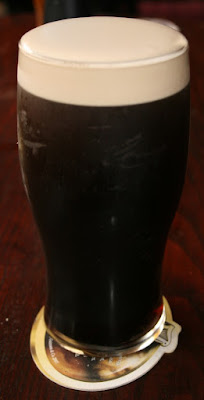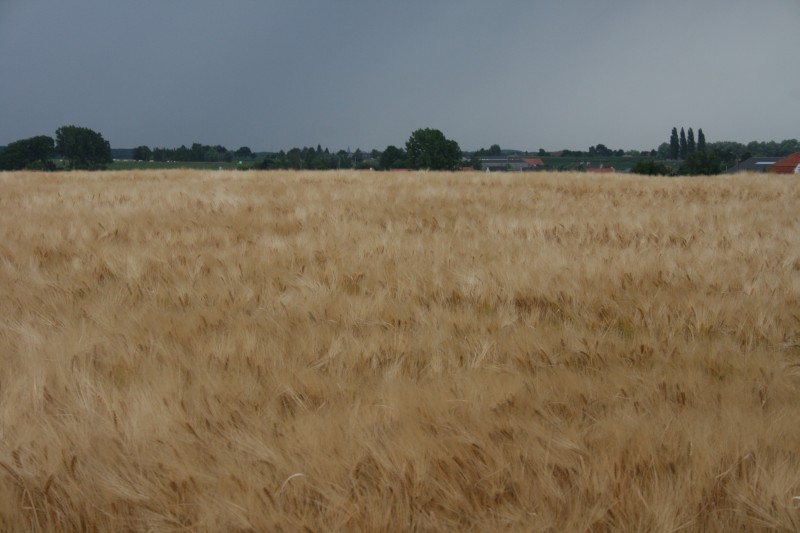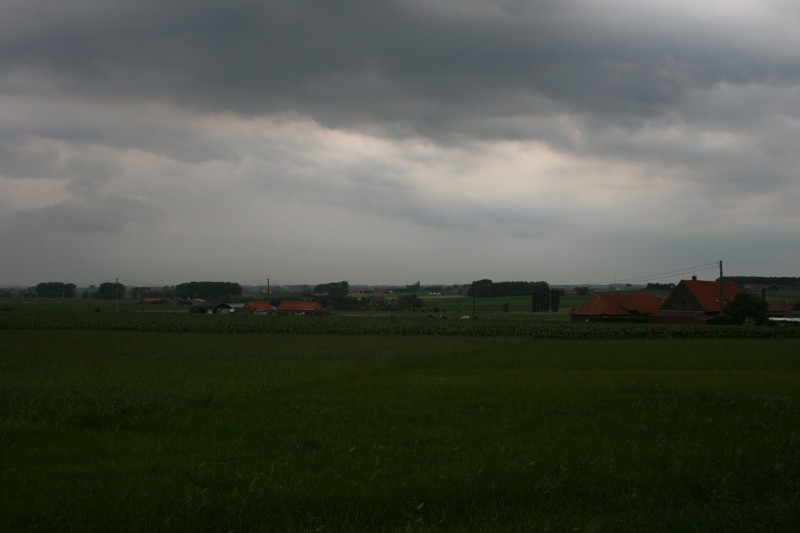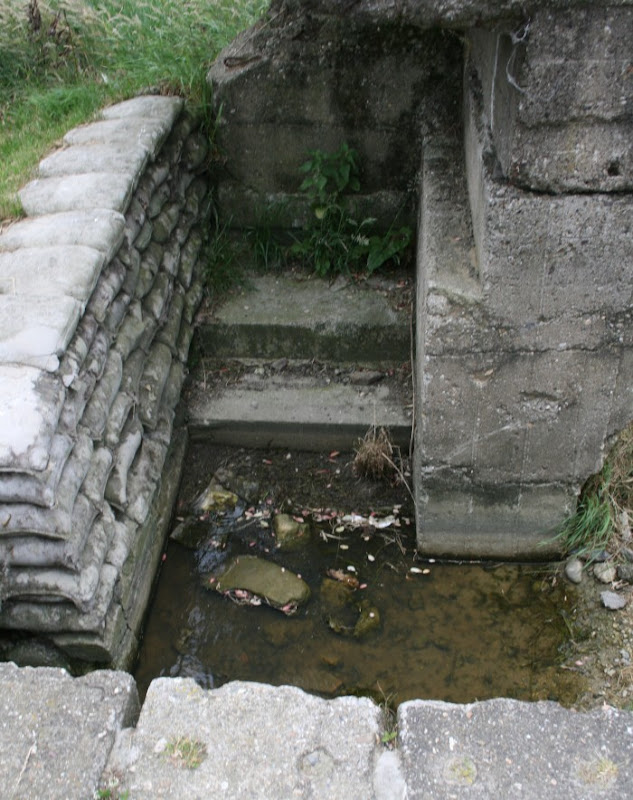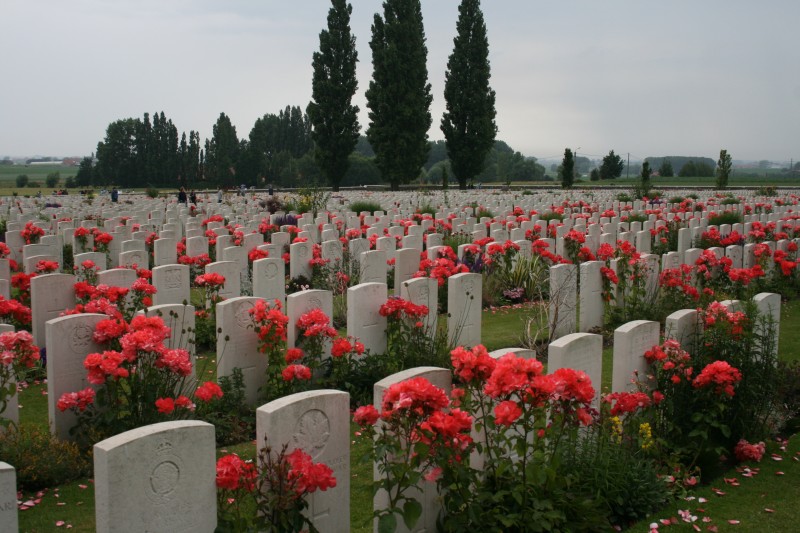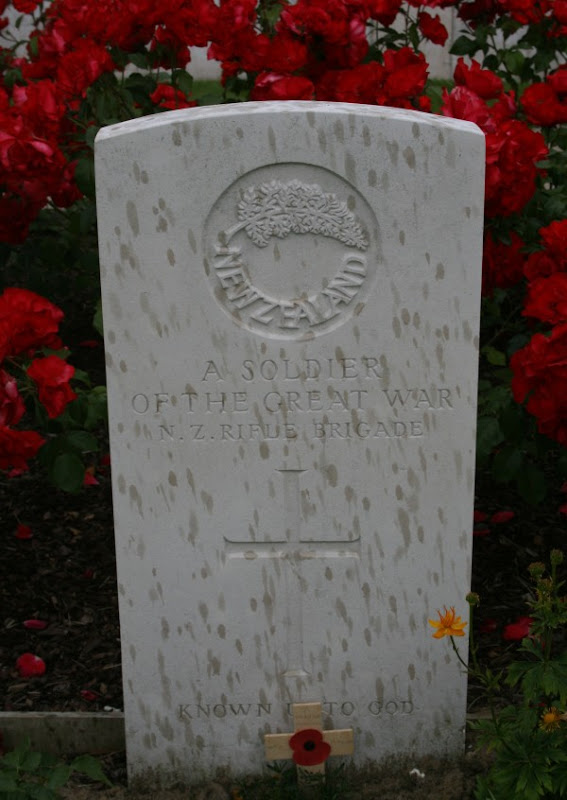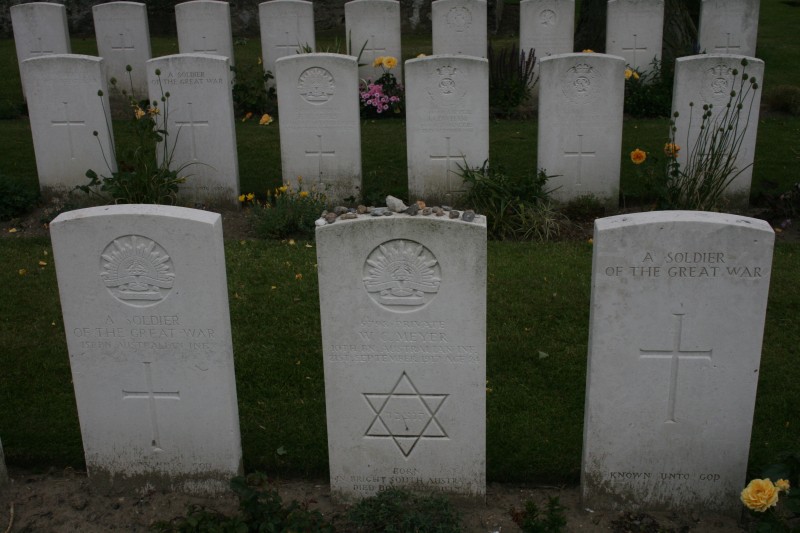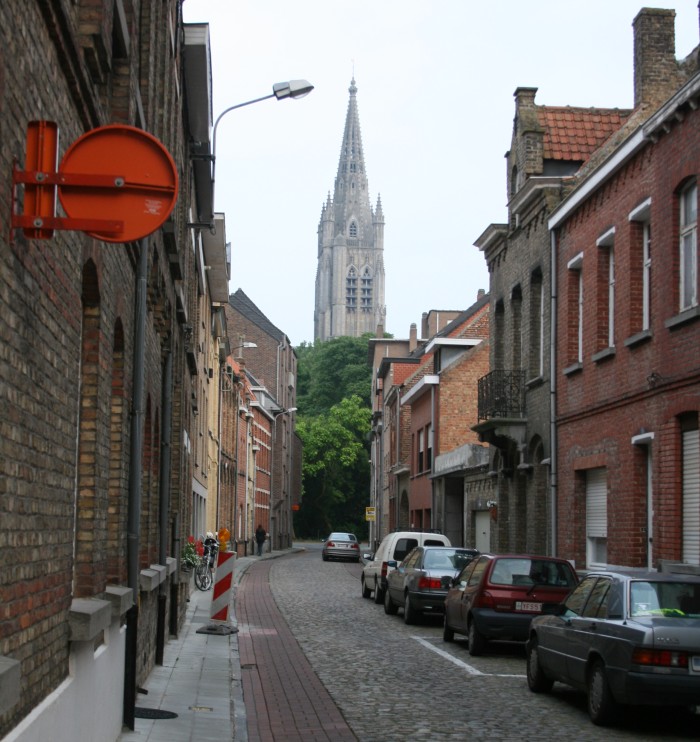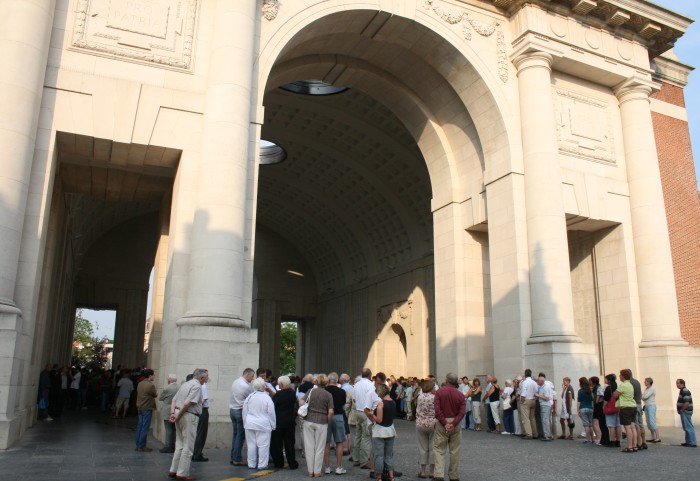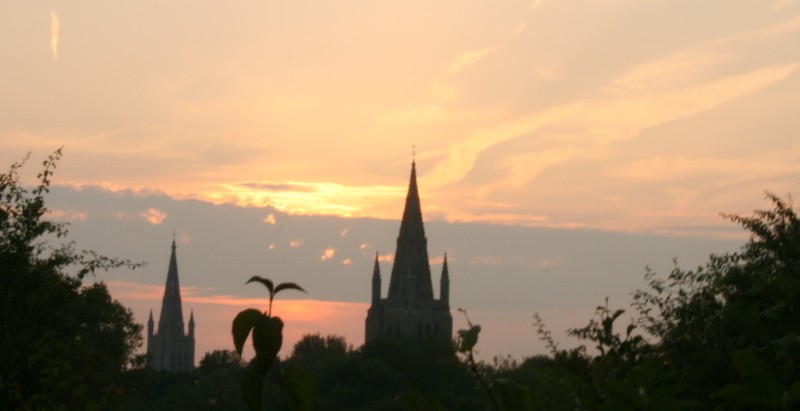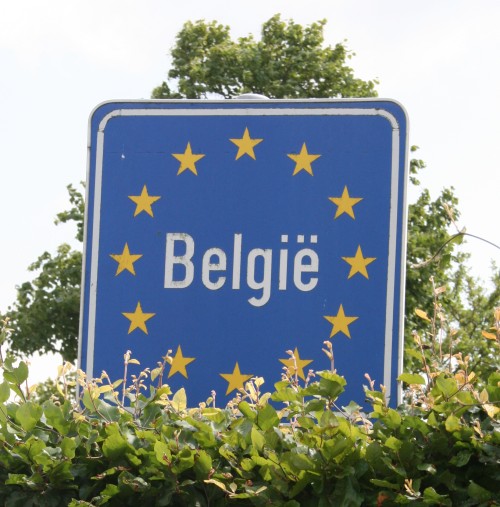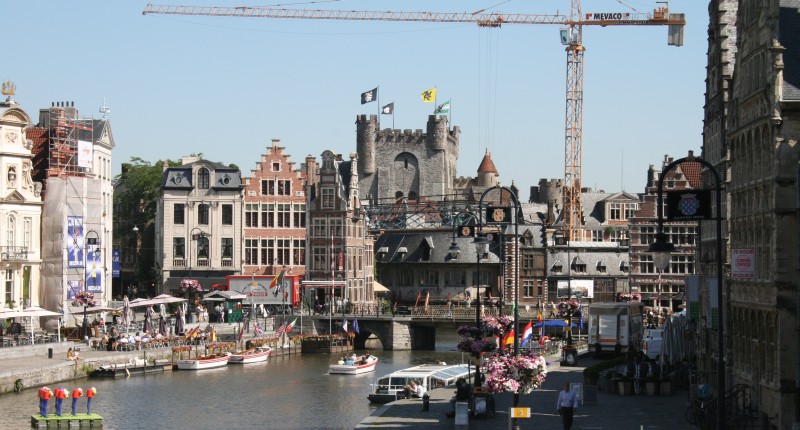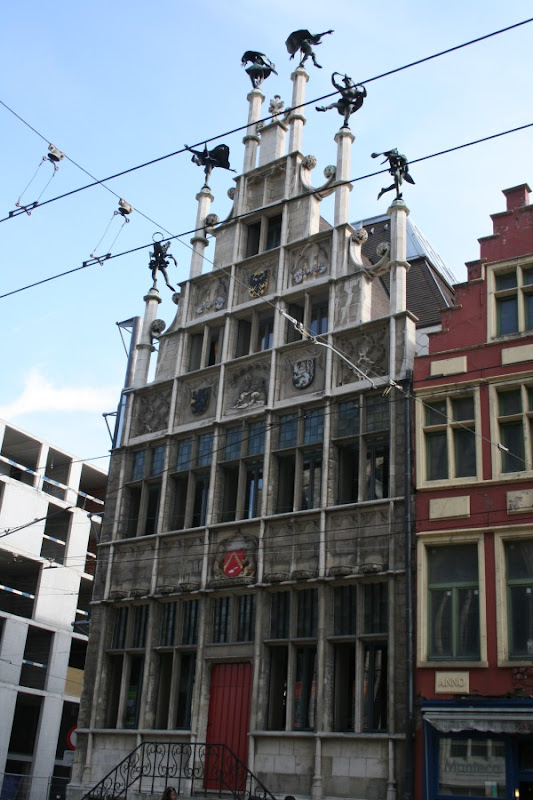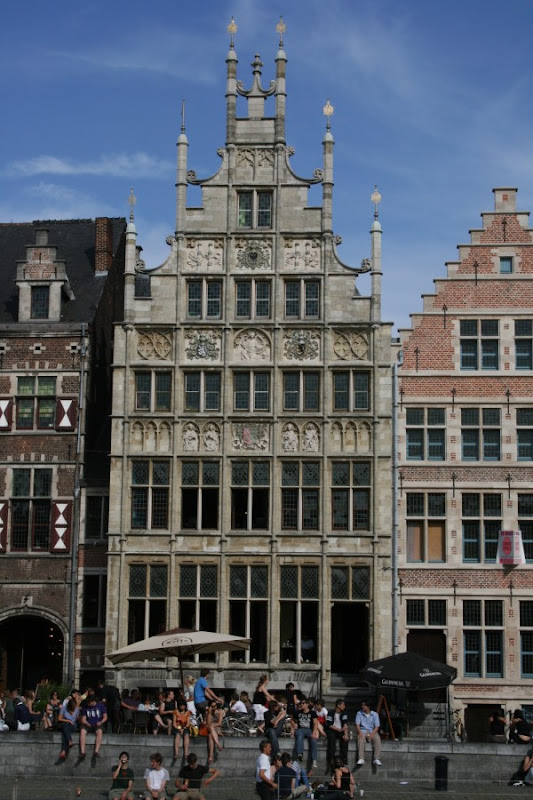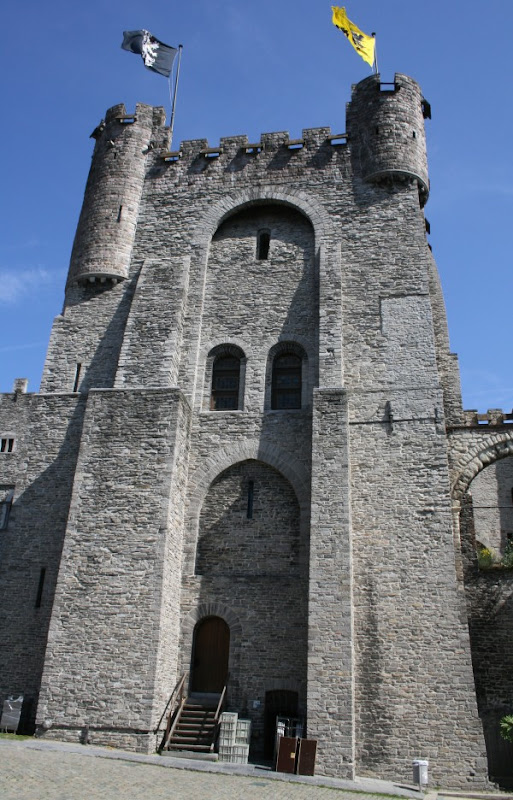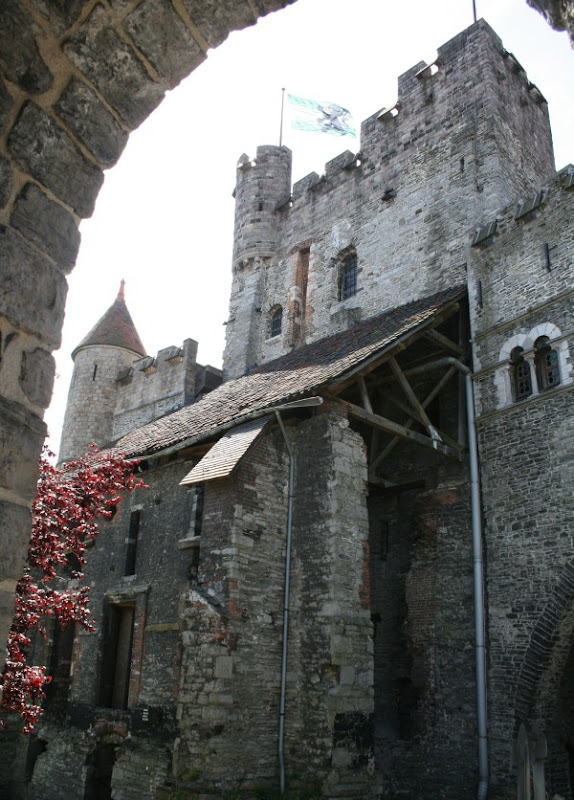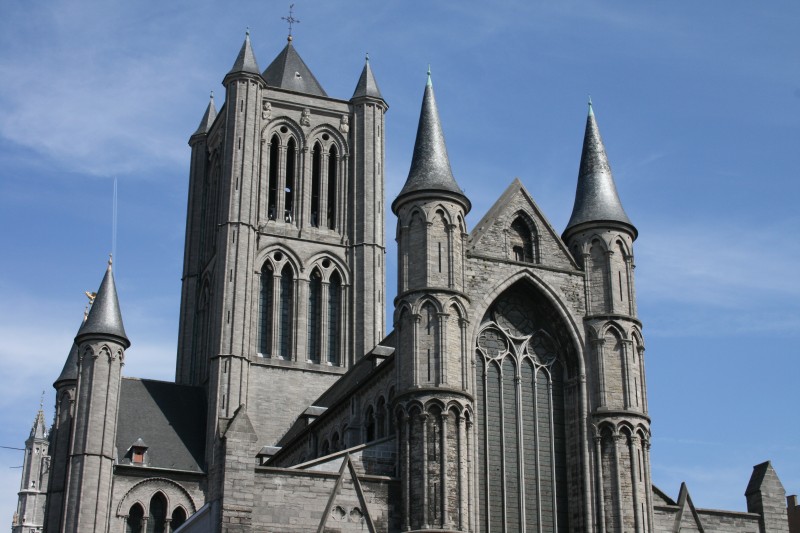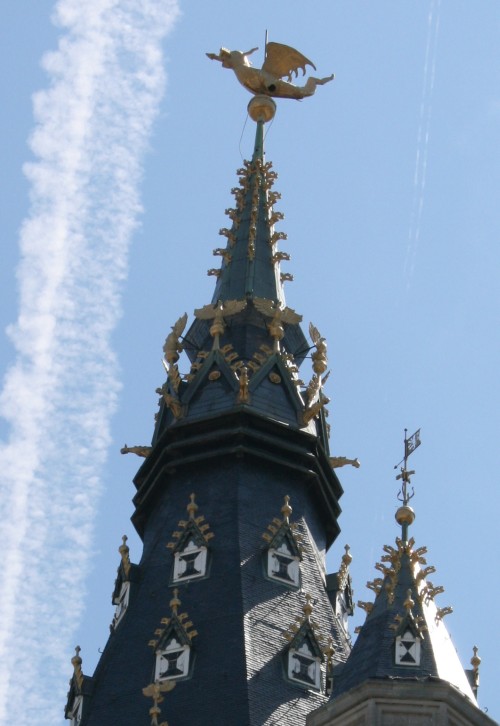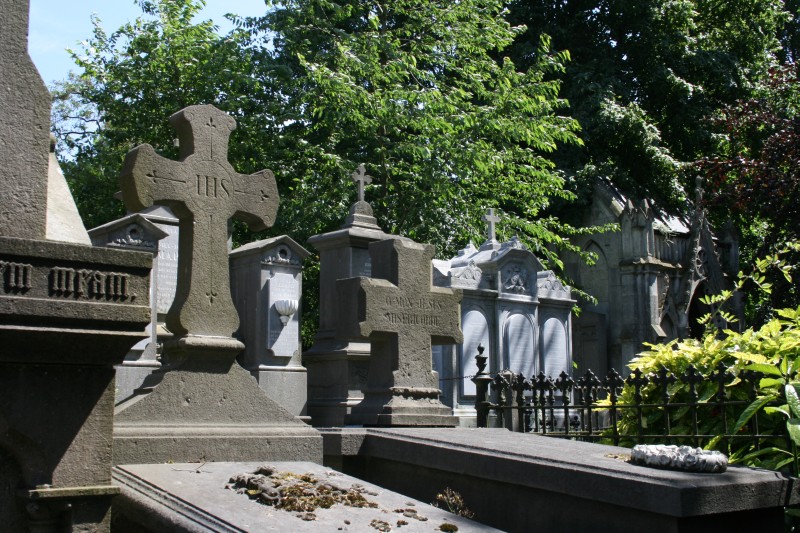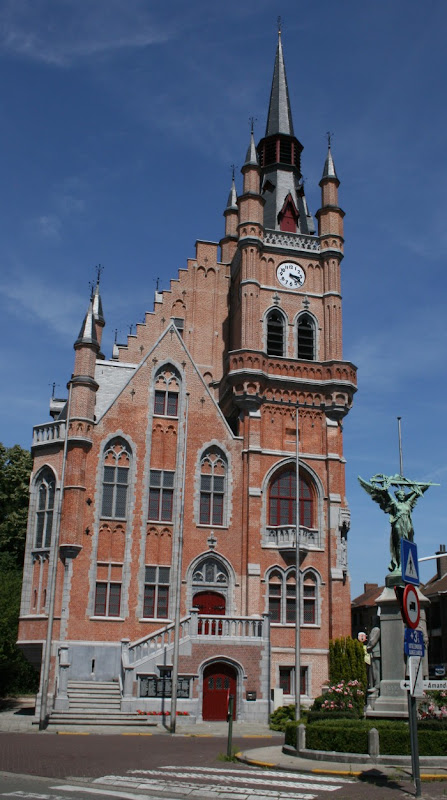
Like a Shot from 'the Commitments', eh?
If you've always wanted to visit Dublin but are afraid that you don't know enough about the potato famine or the 1916 uprising, relax. You'll be an expert pretty quickly. They get mentioned during the guided tours every couple of sentences. And not just in the general tour of Dublin. For instance, you might not think that Kilmainham Gaol has much to do with the potato famine. You'd be wrong.
This is mostly going to be photos, because I really can't remember quite a bit of what we did. I know we arrived late on Monday morning and had our first drink before lunch. After that it gets a little hazy.
We zigzagged down the main street (O'Connell St). This is the Dublin Spire. The locals call it "the pole in the hole", "the stilletto in the ghetto", or "rod up to God".

This is the statue of Daniel O'Connell. Notice the 1916 uprising bullet hole right through her...um...kind of passing through her... Let's face it: This statue is busted.

We crossed the Liffey to Trinity College, as I wanted to see the Book of Kells.
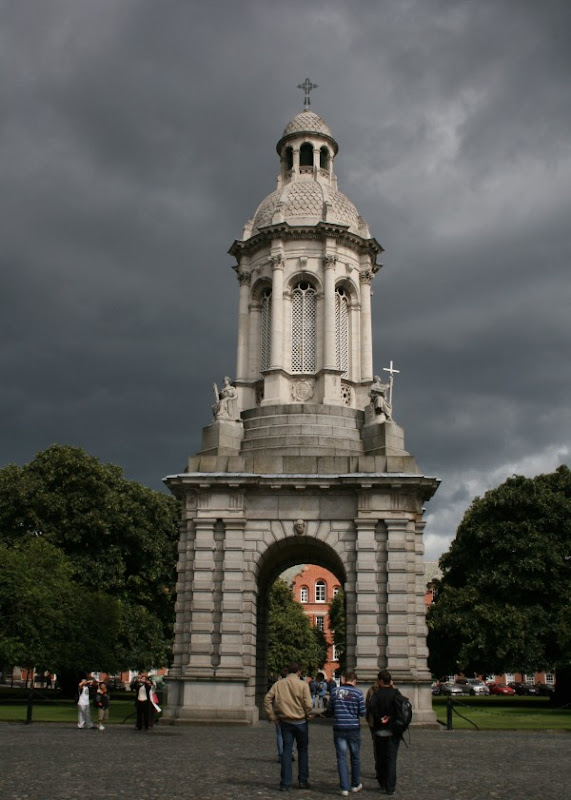
Trinity College Bell Tower
TC was greatly affected by the potato famine and the 1916 uprising. Probably.
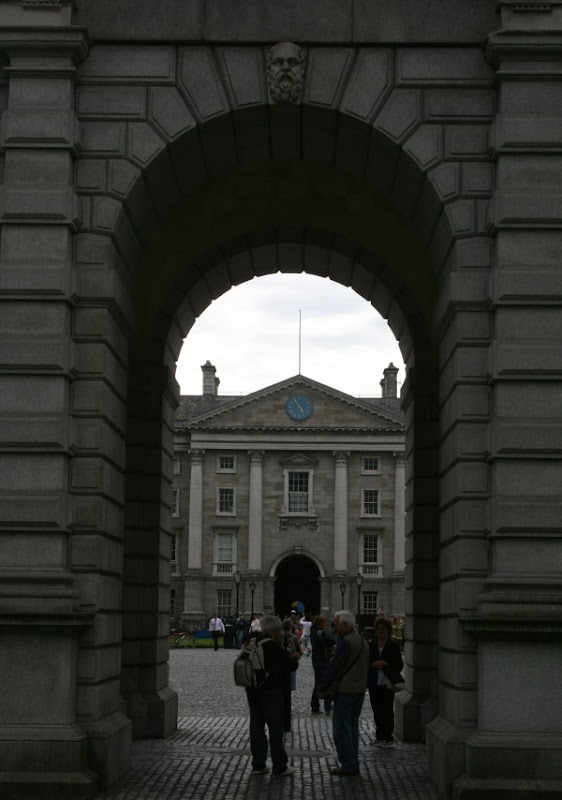
It's a bit of a mish-mash of architectural styles.

George Salmon was the college provost from 1888. He announced that women would be allowed to enter the college "...over my dead body". Apparently, this fired up the Irish women and they were admitted 3 weeks later. Salmon fought back by passing the rule that women were not allowed to enter by the main gate, and must enter through the back gate. True to his word, he then dropped dead. Some comedian buried him out the back so the women did indeed enter over...
The Book of Kells is 4 illuminated Bibles that date back roughly 1200 years. It was interesting, but the room was absolutely packed with disinterested Spanish teenagers. God I wish European schools would stop taking their gormless students on tour when I'm on holiday. When I was at school, we went camping at Pudding Hill, and we were grateful for it.
My flatmates had a room to themselves, but I slept in a packed dorm room. Never again. It turns out I'm too old for that crap. How oblivious do you have to be to come back to a packed bunkroom at 2am, and turn on the lights?
On Day 2, we did one of those get-on-get-off bus tours. The weather was bad throughout the trip, but it was really foul that day. My umbrella was destroyed by the wind and rain within seconds.
We went to Dublinia, which is a museum of the Viking history of Dublin. Interesting.

View from the Dublinia Walkway
Then we went to Dublin Castle. Another good tour.

Dublin Castle

The Good Friday Agreement Table


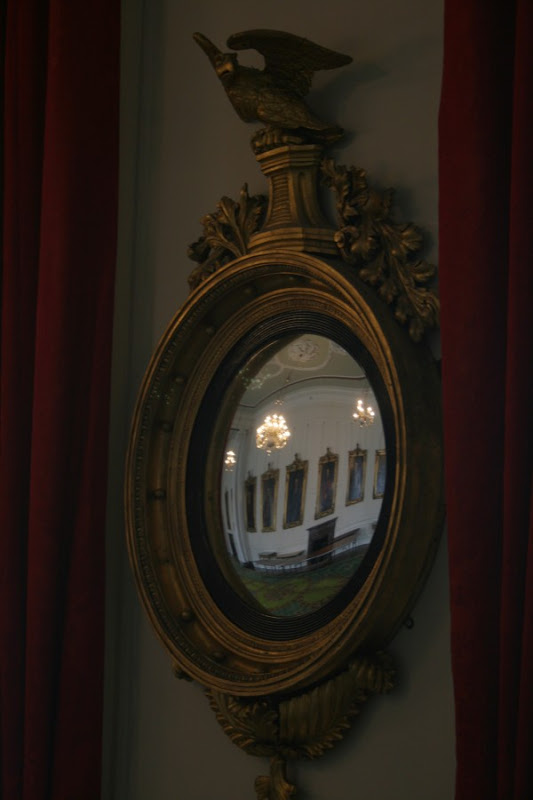
This is the Church of St Augustine and St John the Baptist.
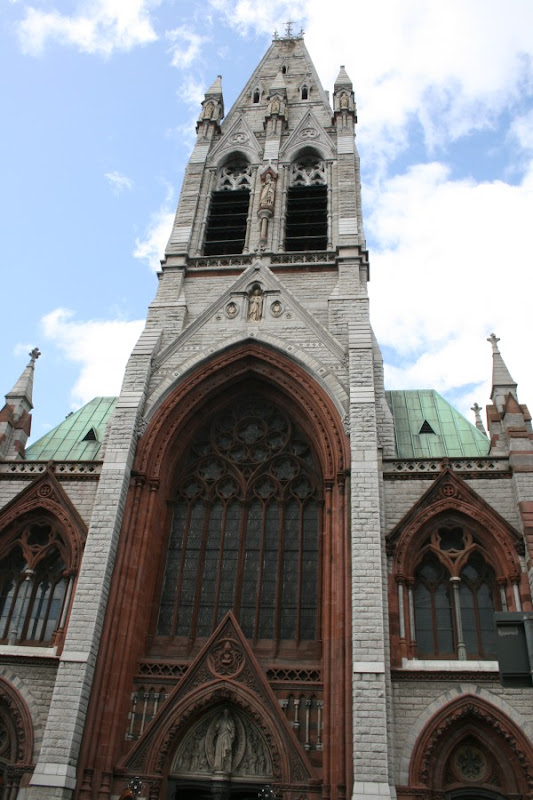
The figures at the top were carved by James Pearse, whose sons were executed as leaders of the uprising, which segues us to the tour at Kilmainham Gaol (1796). It is where the leaders of the 1916 uprising were imprisioned and executed. It's been in a number of movies.
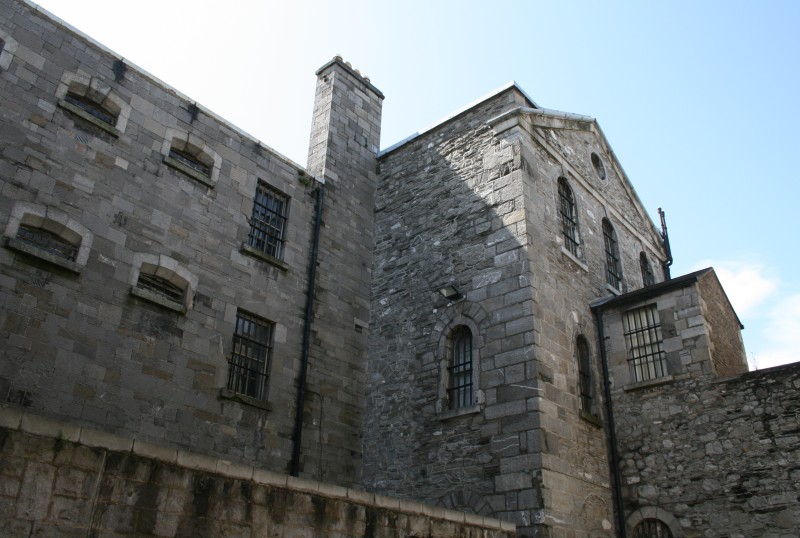


The principle behind the prison was one of separating the prisoners, and making them feel that they were being permanently watched. The peepholes in the doors were shaped to look like an eye.


This is the courtyard where the uprising leaders were shot. Sombre.
My flatmates did the Guinness factory tour, but I draw the line at paying 15 Euros for a glass of beer I don't like, so I did the tour of Christ Church Cathedral.


In the 1800s, a cat chased a rat into one of the organ pipes, and they were mummified there. Apparently, they're mentioned in James Joyce's "Finnegan's Wake". Unfortunately, I've sworn never to read another Joyce novel as long as I live.
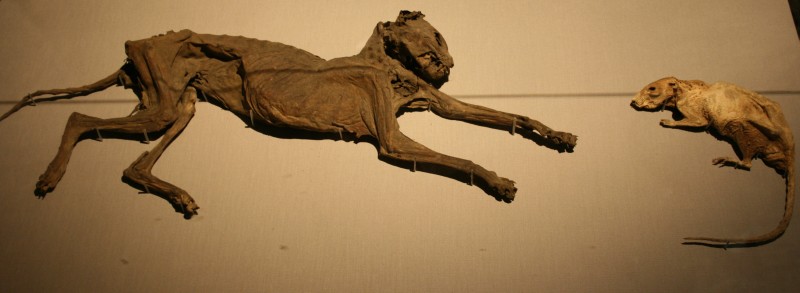
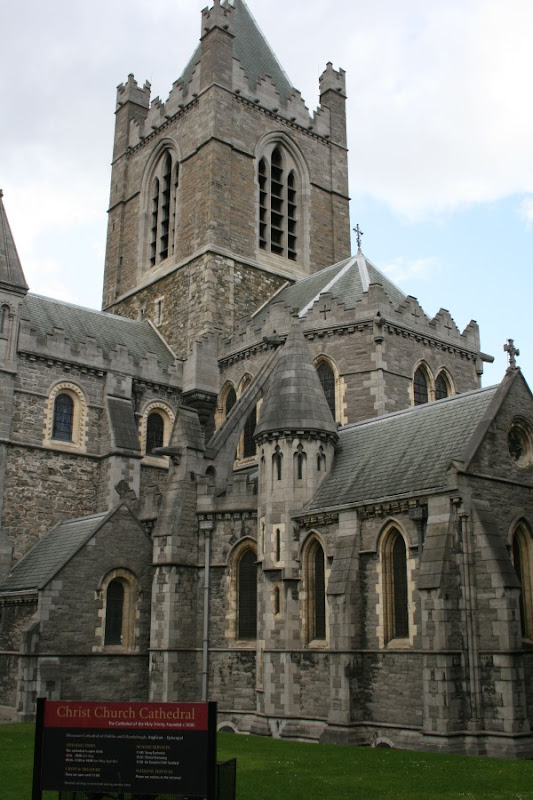
The tomb of Stonebow.

An arch at the Anglican church.

The best part of the bus tour was when the driver was relating some fairly average anecdote about Jonathan Swift when a car cut across in front of him and he shouted "Focker!" into the microphone. "Aw, Jaysus, I'm sorry about that ladies and gentlemen". That was pretty entertaining, and authentically Irish.
There was a spare bed in my flatmates' room, and they kindly let me sleep there on the second night. It probably saved a bloodbath.
On the third day, we did the tour at the Jameson whiskey distillery. Mostly, it was a chance to pay 13 Euros to watch advertisements for Jameson whiskey, and to hear about how much better it is than other brands of whiskey.


So that's about it for Dublin. A good little break. We had a ripper of a Thai meal, and got in some good drinking. We lasted at one pub until all the Irish had left, which feels like an achievement. Although they may've left because we were obnoxious. Did you know that at 6pm, the TV plays church bells for a minute, and that you're supposed to shut up? We do now.

This is the statue of Molly Malone. I think she sold shellfish by day, and was a hooker at night. The locals call it, "the dish with the fish", "the tart with the cart", and "the dolly with the trolley". I propose "the slut with the halibut" or "eels on wheels".

